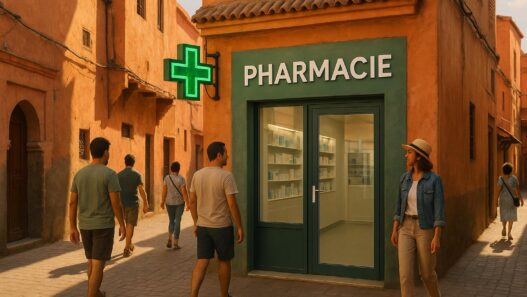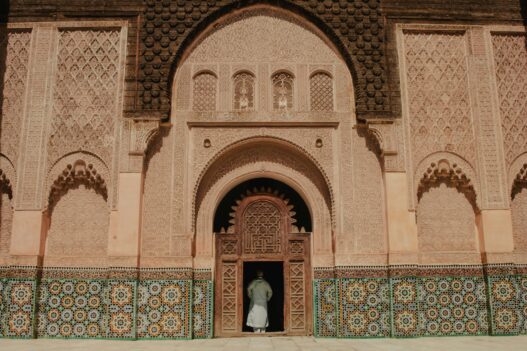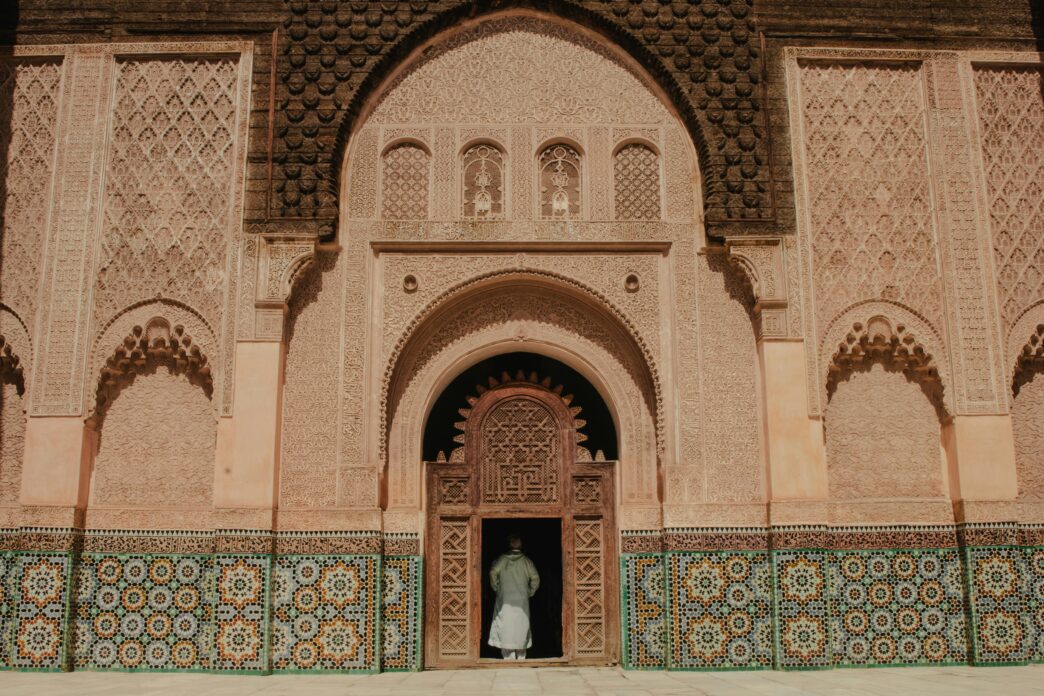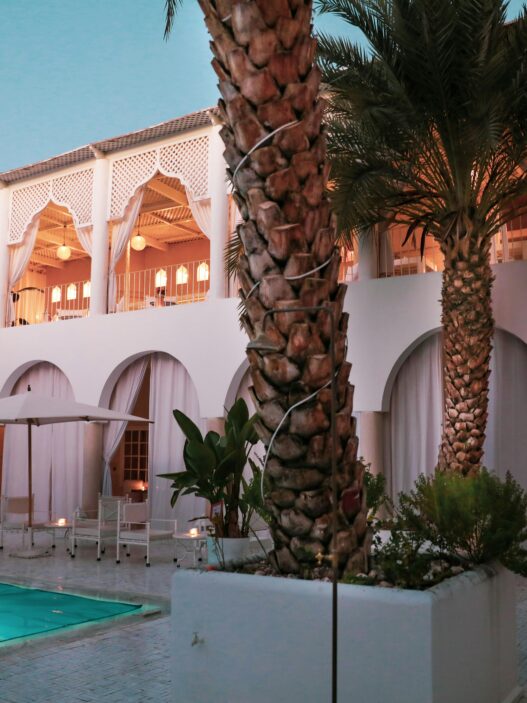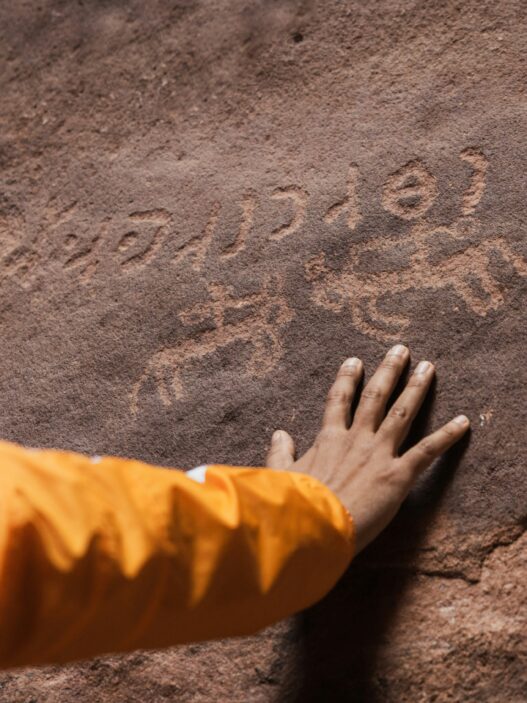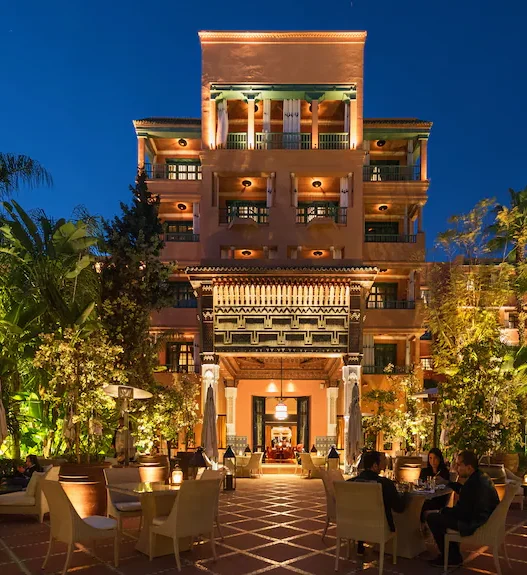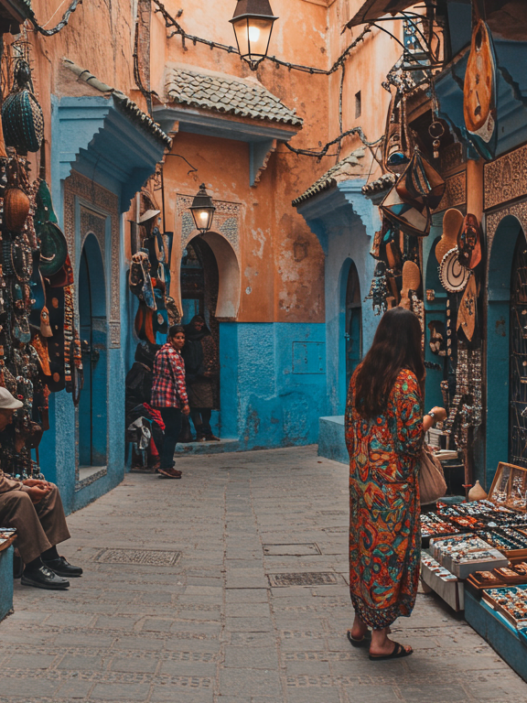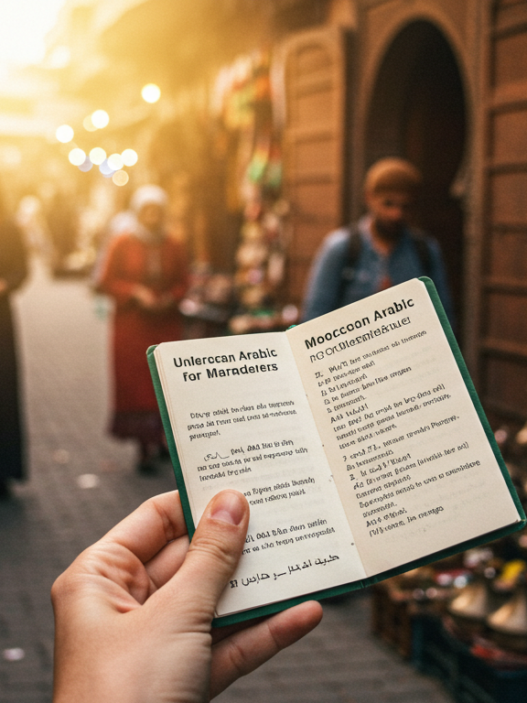Marrakesh, often referred to as the “Red City,” is a vibrant blend of history, culture, and tradition. But beyond its bustling souks, historic palaces, and iconic medina, the city is emerging as a leader in sustainable tourism. With its increasing focus on preserving its rich heritage and protecting the environment, Marrakesh offers a unique case study of how tourism can be both economically beneficial and ecologically responsible. Here’s what travelers should know about Marrakesh’s sustainable tourism initiatives.
The Push for Sustainable Tourism
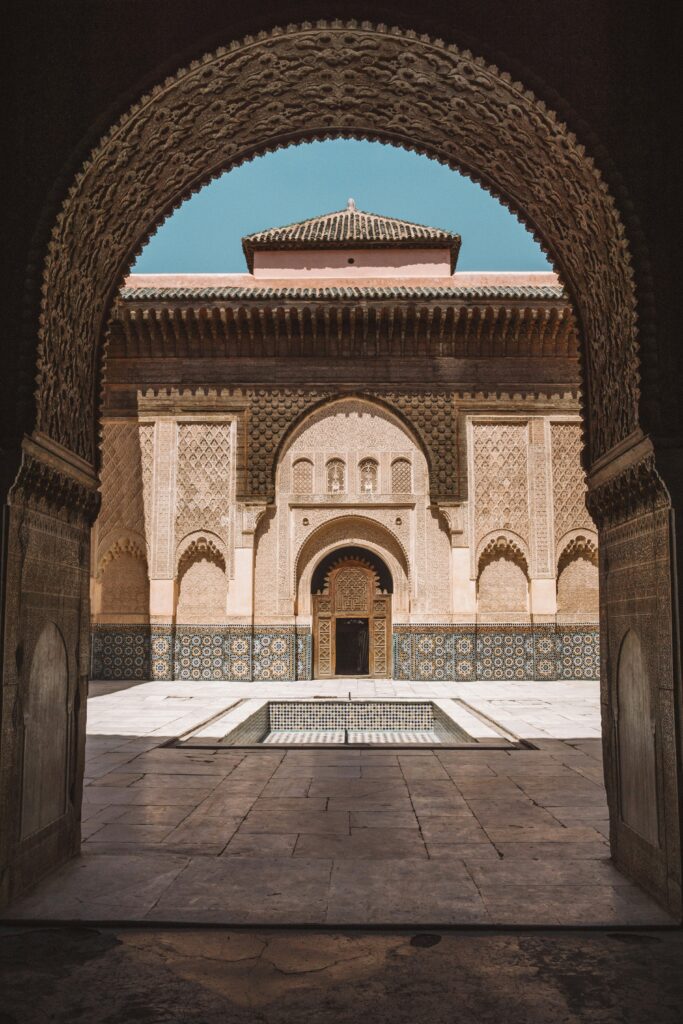
Tourism is a cornerstone of Morocco’s economy, contributing approximately 7% to its GDP [1]. Recognizing the environmental and cultural toll of mass tourism, Marrakesh has adopted a range of sustainable tourism practices aimed at mitigating these impacts. The city’s efforts are closely aligned with Morocco’s broader Green Plan, which emphasizes sustainable development in agriculture, energy, and tourism [2].
Eco-Friendly Accommodations
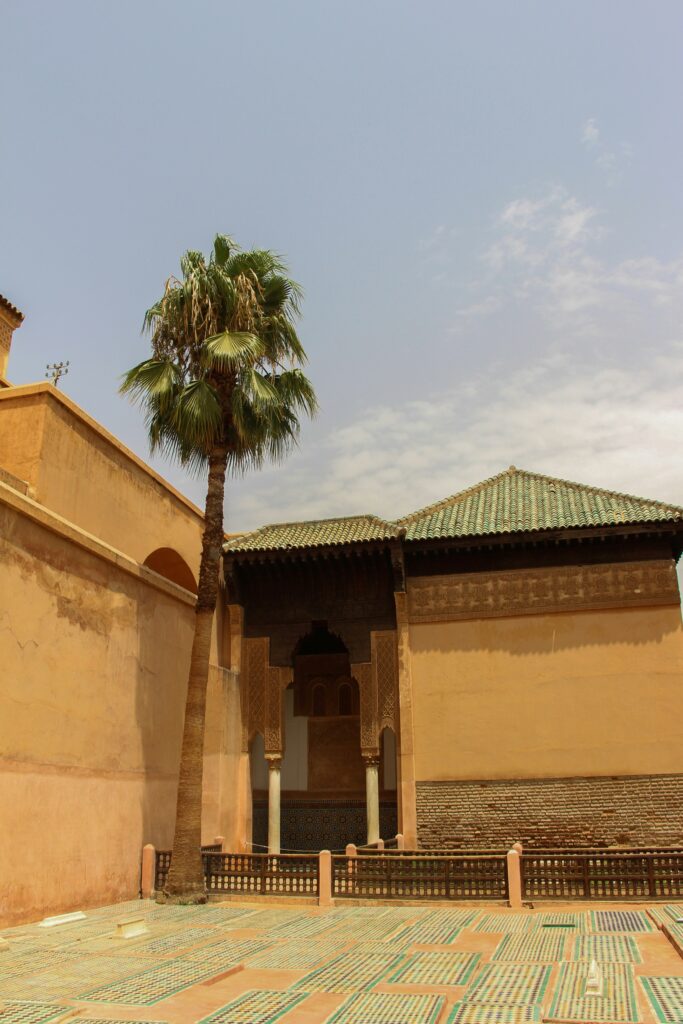
One of the standout features of Marrakesh’s sustainability efforts is its eco-friendly accommodations. Many riads (traditional Moroccan houses) and hotels have embraced green practices, such as using solar energy, reducing water waste, and sourcing food locally.
For example, Kasbah Tamadot, nestled in the Atlas Mountains, focuses on eco-tourism by supporting local communities and minimizing environmental impact. Another noteworthy establishment is Riad Fès, which has implemented water-saving technologies and uses biodegradable products [3].
Travelers can make a difference by choosing such accommodations that prioritize environmental responsibility while offering a luxurious and culturally immersive experience.
The Medina: A Sustainable Hub
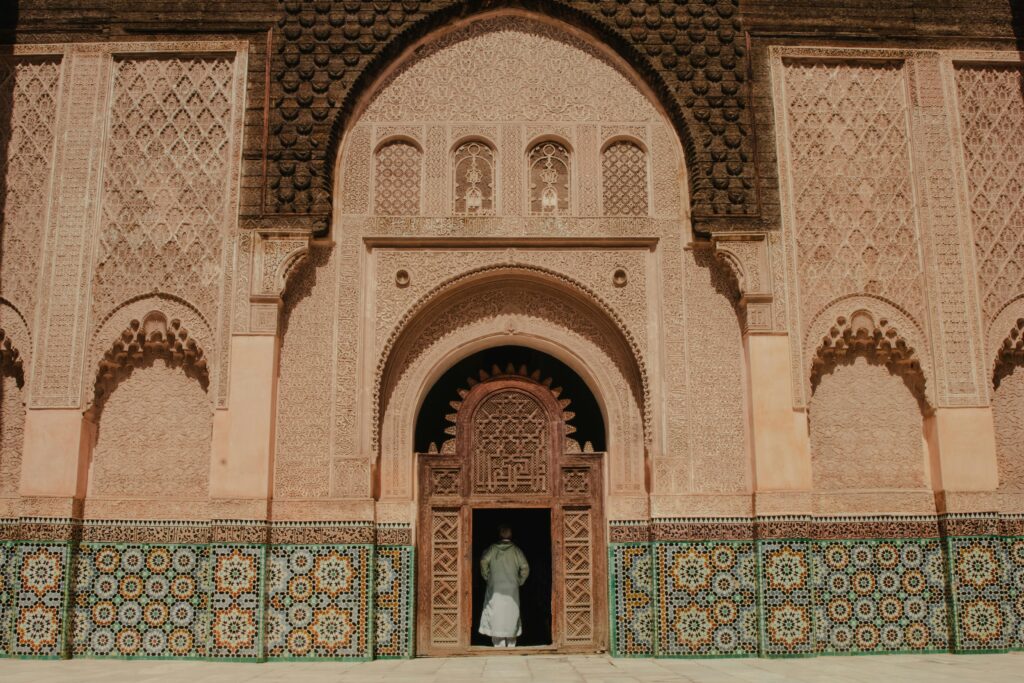
The UNESCO-listed medina of Marrakesh is not only a cultural treasure but also a symbol of sustainable urban planning. Efforts have been made to preserve the medina’s historic architecture while making it more environmentally friendly. These include promoting pedestrian zones and limiting the number of motorized vehicles, thereby reducing air pollution.
Additionally, local artisans in the medina use traditional methods to craft goods, minimizing reliance on industrial production. Travelers can support these artisans by purchasing locally made products, such as handwoven rugs, ceramics, and jewelry, which are created with minimal environmental impact [4].
Green Spaces and Urban Sustainability
In recent years, Marrakesh has invested heavily in creating green spaces to combat urban pollution and provide respite from the city’s bustling energy. The Menara Gardens and the Agdal Gardens, both UNESCO World Heritage sites, serve as prime examples of the city’s commitment to preserving nature.
In 2016, Marrakesh hosted the United Nations Climate Change Conference (COP22), where it showcased the city’s green initiatives, including the development of the Oasis Garden Project. This project aims to create more sustainable urban green spaces by planting drought-resistant flora and promoting water conservation [5].
Waste Management and Recycling
Waste management is a growing concern in tourist-heavy cities, and Marrakesh has taken steps to address this challenge. The city has implemented recycling programs in collaboration with local businesses and NGOs. For instance, several hotels and restaurants have partnered with waste management companies to recycle food waste into compost, which is then used for farming.
Additionally, public awareness campaigns encourage both locals and tourists to adopt eco-friendly habits, such as reducing plastic usage and properly disposing of waste. Travelers can contribute by carrying reusable water bottles and avoiding single-use plastics.
Community-Based Tourism
One of the most impactful ways Marrakesh promotes sustainable tourism is by engaging local communities. Many initiatives focus on empowering women, supporting artisans, and preserving traditional crafts. Organizations like the Ethical Travel Initiative work with local families to offer authentic cultural experiences, such as cooking classes, pottery workshops, and guided tours of Berber villages.
This approach not only provides tourists with a deeper connection to Moroccan culture but also ensures that tourism revenue directly benefits local communities. Supporting these initiatives can significantly contribute to Marrakesh’s sustainable tourism goals.
Renewable Energy in Tourism
Marrakesh is making strides in integrating renewable energy into its tourism sector. Many hotels and public spaces now utilize solar power to reduce their carbon footprint. Furthermore, the city has implemented energy-efficient lighting in public areas and encourages the use of eco-friendly transportation options, such as bicycles and electric scooters.
The Noor Solar Complex, located near Marrakesh, is one of the world’s largest solar power plants and a testament to Morocco’s commitment to renewable energy. While not directly linked to tourism, this project underscores the nation’s dedication to sustainability [6].
What Travelers Can Do
Tourists visiting Marrakesh can play a vital role in supporting sustainable tourism. Here are a few practical tips:
- Choose Green Accommodations: Opt for hotels and riads that have sustainability certifications or eco-friendly practices.
- Support Local Businesses: Purchase handicrafts directly from artisans and dine at locally owned restaurants.
- Respect the Environment: Avoid littering, conserve water, and use reusable bags and bottles.
- Travel Responsibly: Use public transport, walk, or cycle to explore the city.
By making conscious choices, travelers can ensure their visit has a positive impact on Marrakesh’s environment and community.
Conclusion
Marrakesh’s sustainable tourism initiatives offer a blueprint for balancing economic growth with environmental preservation. By embracing eco-friendly practices, promoting community-based tourism, and leveraging renewable energy, the city is paving the way for a more sustainable future. Travelers have a unique opportunity to experience Marrakesh’s rich culture while contributing to its sustainability efforts. As the world grapples with the challenges of climate change and over-tourism, Marrakesh stands out as a shining example of how destinations can adapt and thrive responsibly.









